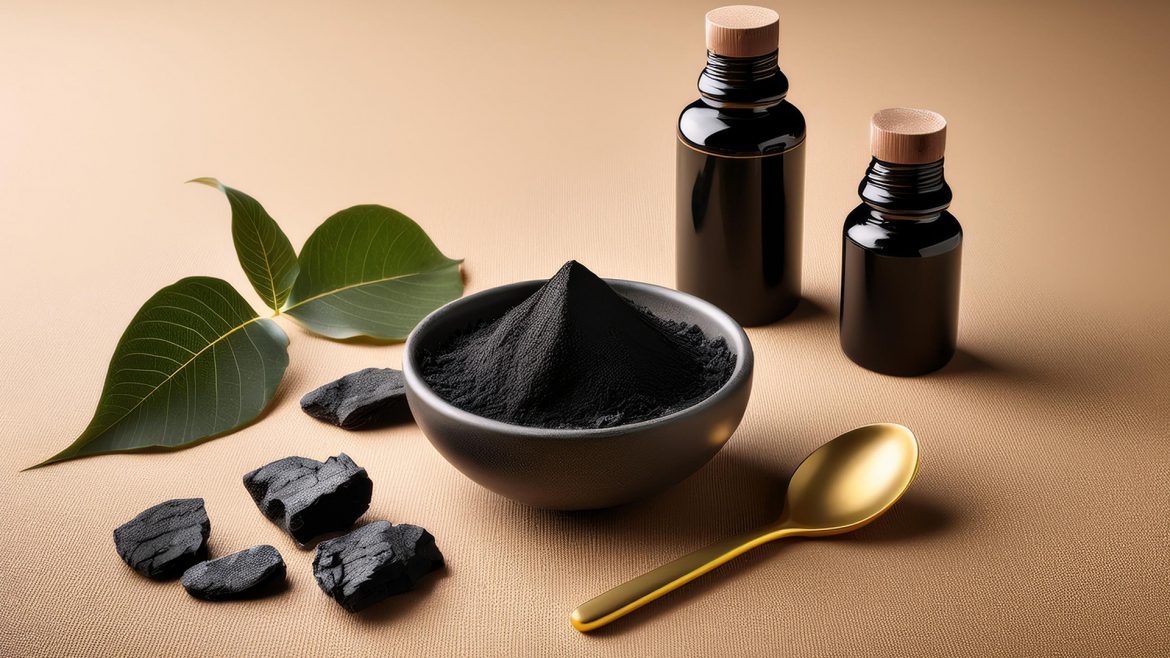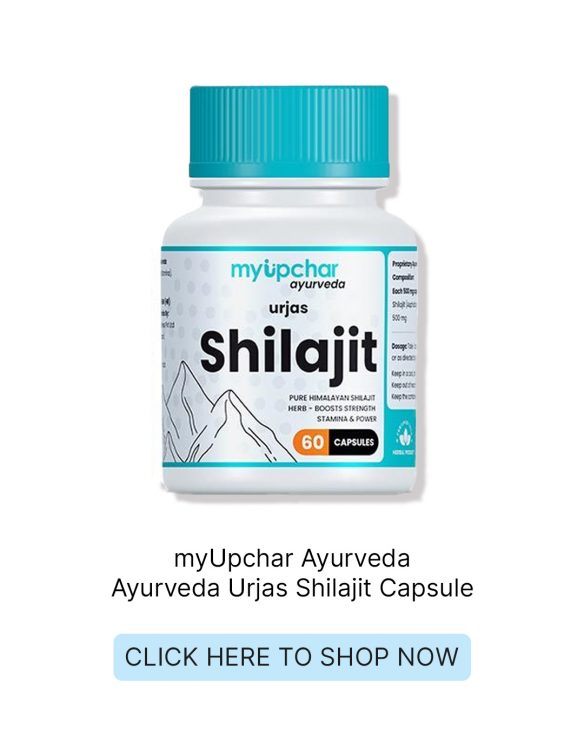Shilajit, often called nature’s “miracle mineral,” is a sticky, tar-like substance that oozes from rocks in the Himalayan mountains during the summer months. Prized in Ayurvedic medicine for centuries, Shilajit is renowned for its incredible health benefits, thanks to its rich composition of nutrients like fulvic acid and trace minerals.
Whether you’re curious about its origins or its role in traditional medicine, this guide will explain everything you need to know about Shilajit.
Origins and Formation of Shilajit
Shilajit has an intriguing and natural formation process that takes thousands of years.
How Is Shilajit Made?
Shilajit is formed when plant and microbial matter decompose over centuries under high pressure and heat in mountainous regions like the Himalayas. The unique climate and geological conditions turn this organic material into a dense, mineral-rich resin that seeps from the rocks.
Shilajit is primarily found in the Himalayan ranges, but it can also be sourced from other high-altitude regions such as the Altai, Caucasus, and Gilgit-Baltistan mountains.
Types of Shilajit: Purified vs. Raw
Not all Shilajit is the same, and the form you choose can make a big difference.
Raw Shilajit
Raw Shilajit is collected straight from the rocks and contains impurities like dirt, heavy metals, and plant residues. While raw Shilajit is the most unprocessed form, it requires purification before being safe for human consumption.
Purified Shilajit
Purified Shilajit undergoes careful processing to remove contaminants, making it safe and effective. This is the form typically sold in supplements and powders. Purified Shilajit retains its essential nutrients, such as fulvic acid and trace minerals, which give it its superfood status.
Nutritional Composition of Shilajit
One of the reasons Shilajit is celebrated in both modern and traditional medicine is its unique and potent nutritional profile.
Key Components
- Fulvic Acid:
Fulvic acid is a powerful antioxidant that helps the body absorb essential nutrients. It also has anti-inflammatory and detoxifying properties. - Trace Minerals:
Shilajit contains over 80 trace minerals, including magnesium, zinc, and iron, which are vital for energy production, immunity, and overall health. - Humic Acid:
This compound supports gut health and improves the body’s ability to detoxify harmful substances. - Plant-Based Nutrients:
Shilajit also contains phytonutrients that provide additional health benefits, such as boosting energy levels and improving stamina.
Traditional Uses in Ayurveda

Shilajit has been a cornerstone of Ayurvedic medicine for thousands of years. Known as “the destroyer of weakness” in Sanskrit, it’s been used to promote vitality and longevity.
Ayurvedic Applications of Shilajit
- Rejuvenation (Rasayana):
Shilajit is classified as a “rasayana,” meaning it is used to rejuvenate and restore balance in the body. - Boosting Energy:
Traditionally, Shilajit has been prescribed to combat fatigue, improve physical strength, and enhance stamina. - Supporting Cognitive Health:
Ayurvedic practitioners use Shilajit to sharpen the mind, improve memory, and reduce mental fatigue. - Anti-Aging Benefits:
Shilajit is considered a powerful anti-aging tonic, helping to maintain youthful energy and appearance by supporting cellular repair and regeneration. - Sexual Vitality:
Shilajit has been used for centuries as a natural aphrodisiac, enhancing fertility and libido.
How to Incorporate Shilajit Into Your Routine
In modern times, Shilajit is available in various forms, including powders, capsules, and resin. Here are a few tips for using Shilajit effectively:
- Dosage: Start with a small dose, typically a pea-sized amount (if using resin) or as directed on supplement packaging. Gradually increase the amount as your body adjusts.
- Timing: Take Shilajit on an empty stomach for better absorption, ideally in the morning or before physical activity.
- Pairing: Mix Shilajit resin or powder with warm water, milk, or herbal tea to mask its strong taste and enhance its absorption.
Is Shilajit Right for You?
Shilajit is generally safe for most people when taken in its purified form, but it’s essential to consult a healthcare provider before incorporating it into your routine, especially if you are pregnant, nursing, or have pre-existing health conditions.
Top Shilajit Picks to Try on Smytten
FAQs
1. What is Shilajit, and where does it come from?
Shilajit is a mineral-rich resin that oozes from rocks in mountainous regions like the Himalayas. It forms over centuries from decomposed plant and microbial matter under high pressure and heat.
2. Is Shilajit safe for everyone?
Purified Shilajit is generally safe, but it’s important to consult a healthcare professional before use, especially if you are pregnant, nursing, or have existing medical conditions.
3. How do I use Shilajit in my routine?
Mix a small amount of Shilajit resin or powder into warm water, milk, or herbal tea. Start with a pea-sized amount or follow the dosage on your supplement’s packaging for best results.
Final Thoughts
Shilajit is more than just a supplement—it’s a superfood steeped in history, science, and traditional medicine. From its formation in the Himalayan mountains to its nutritional composition and Ayurvedic uses, Shilajit offers incredible benefits for energy, health, and overall vitality.
If you’re looking to boost your wellness naturally, Shilajit could be the next game-changer in your health routine. Just ensure you choose a high-quality, purified product to enjoy all the benefits of this ancient superfood.














